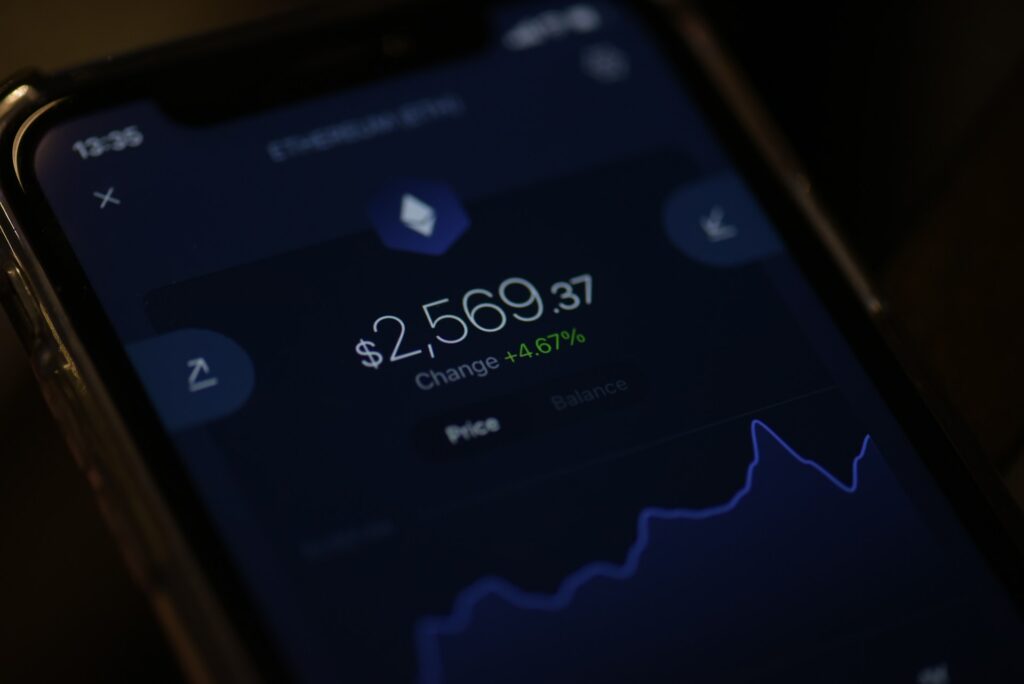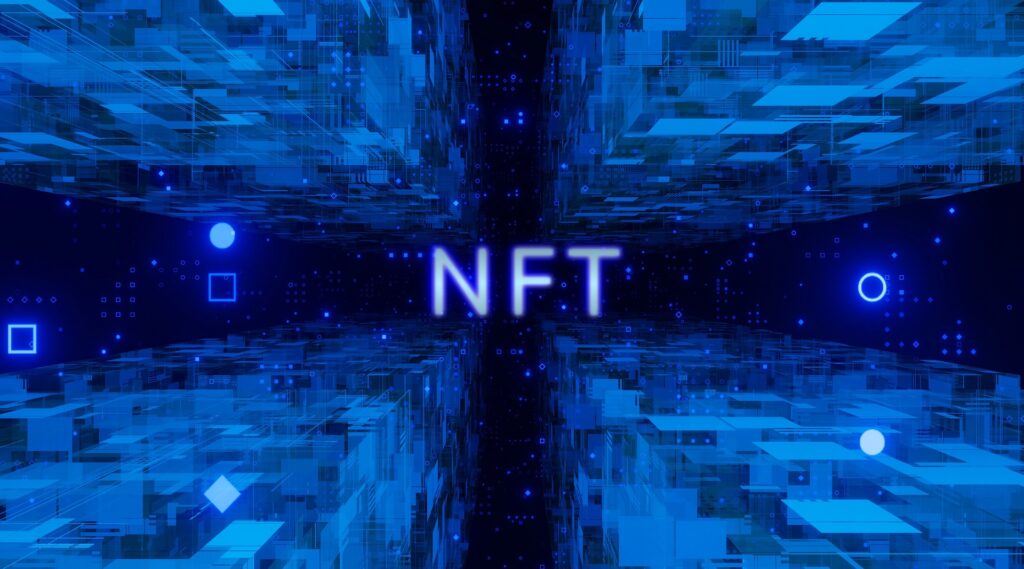Cryptocurrency markets are known for their wild price swings. That makes many investors and businesses hesitant to use them for daily transactions. This is where stablecoins come in. Stablecoins are digital currencies designed to hold steady value by pegging themselves to real-world assets like the US dollar, gold, or government bonds.
They combine the speed and efficiency of crypto with the stability of traditional money.
In 2025, stablecoins have become an important part of the financial ecosystem, bridging the gap between decentralized finance (DeFi), global remittances, and even central banks exploring digital currencies!
The history of Stablecoins: From Tether to Today
The idea of a cryptocurrency tied to real assets emerged soon after Bitcoin became popular. Traders wanted a digital asset that could help them escape crypto volatility while still operating within blockchain networks.
| Year | Milestone | Details |
| 2014 | The launch of Tether (USDT) | The first widely used stablecoin, pegged to the US dollar, gave traders a reliable option to move in and out of crypto positions without touching banks. |
| 2017 | Rise of alternatives | Projects like TrueUSD and Gemini Dollar appeared, promising better transparency and stricter audits. |
| 2018–2020 | Growth during the DeFi boom | Stablecoins like DAI (collateralized with Ethereum) gained popularity in decentralized lending and borrowing protocols. |
| 2021–2022 | Regulatory concerns | Governments around the world raised alarms about stablecoins’ potential risks to financial stability. The TerraUSD crash in 2022 highlighted how algorithmic stablecoins could fail dramatically. |
| 2023–2024 | Consolidation and stricter rules | Major stablecoins began providing detailed audits, collateral transparency, and closer compliance with financial regulations. |
By 2025, stablecoins are no longer just experimental crypto tools. They are widely used for payments, trading, and even government-approved projects!
Also Read: Best ASIC Bitcoin Miner Under $500
Why Stablecoins are important in the crypto world?
Stablecoins play a central role in the world of crypto and beyond. Their importance comes from their ability to mix stability with innovation.
1. Everyday use cases
- Payments: Merchants can accept stablecoins without worrying about price fluctuations.
- Remittances: Sending money across borders is faster and cheaper with stablecoins compared to traditional banking.
- DeFi applications: Borrowing, lending, and earning interest in decentralized platforms often revolve around stablecoins.
- Hedging volatility: Traders use them as a safe parking spot during crypto market crashes.
2. Benefits for businesses
- Stablecoins make it easier for companies to handle payroll, supplier payments, and global transactions without waiting days for banks to settle.
Comparison table: Stablecoins vs Traditional currency
| Feature | Stablecoins | Traditional Currency |
|---|---|---|
| Transfer speed | Seconds to minutes | 1–3 business days |
| Transaction cost | Very low | Often high (bank fees, exchange rates) |
| Availability | 24/7, global | Limited by banking hours and jurisdictions |
| Volatility | Low (pegged to assets) | Stable but slower in innovation |
| Accessibility | Requires internet & wallet | Requires bank account |
Stablecoins are not replacing fiat currencies yet, but they are making financial transactions more efficient and borderless.
Also Read: Crypto vs Fiat Currency
Key concerns and risks of Stablecoins
While stablecoins bring benefits, they are not without problems. Regulators, investors, and economists often raise valid concerns.
1. Transparency and reserves
- Do issuers really hold the assets they claim?
- Past controversies around Tether’s reserves created trust issues.
2. Centralization risks
- Many stablecoins are issued by private companies, meaning they can freeze accounts or block transactions.
- This raises questions about whether they are truly decentralized.
3. Algorithmic failures
- The TerraUSD collapse showed that algorithm-based stablecoins can lose their peg and wipe out billions of dollars in value.
4. Government oversight
- Authorities worry that stablecoins may threaten national currencies and reduce the effectiveness of monetary policy.
- Some countries have even banned privately issued stablecoins.
5. Security risks
- Hackers target stablecoin smart contracts.
- Users face risks if they store stablecoins on unregulated exchanges.
Stablecoins sit in a gray area between crypto freedom and traditional regulation, making their future both exciting and uncertain.
Also Read: The Cons of Investing in Cryptocurrency
Stablecoins in 2025: Adoption levels and government reactions
As of 2025, stablecoins have achieved levels of adoption that were unimaginable a few years ago. From fintech apps to cross-border trade, they are becoming a regular part of global finance.
1. Adoption levels
- Consumers: Millions of people in countries with high inflation, such as Argentina, Turkey, and Nigeria, now use dollar-backed stablecoins for daily savings.
- Businesses: International companies use stablecoins for global payments, cutting out delays and banking fees.
- DeFi platforms: Stablecoins remain the backbone of lending, staking, and yield farming.
- Banks and payment apps: Some traditional financial institutions now support stablecoin deposits and withdrawals.
2. Governments’ response
Governments have taken different paths in dealing with stablecoins:
- Supportive Regulation: Countries like Singapore, Switzerland, and the UAE have introduced clear legal frameworks for stablecoin issuers, boosting innovation while protecting consumers.
- Tight Control: The United States has stricter rules, requiring issuers to hold 1:1 reserves in regulated banks and provide real-time audits.
- Adoption with Limits: The European Union has implemented its MiCA (Markets in Crypto-Assets) regulation, ensuring stablecoins follow strict reporting and liquidity requirements.
- Rejection: Some countries, especially those working on their own Central Bank Digital Currencies (CBDCs), have limited or outright banned privately issued stablecoins.
3. Relationship with CBDCs
Stablecoins and CBDCs often get compared, but they serve slightly different purposes:
| Aspect | Stablecoins | CBDCs |
|---|---|---|
| Issuer | Private companies | Central banks |
| Backing | Fiat, crypto, or assets | National currency |
| Innovation speed | Fast and flexible | Slower, government-driven |
| Global use | Widely used across borders | Mostly limited to domestic use |
Many analysts believe stablecoins will coexist with CBDCs rather than being replaced by them.
Stablecoins have evolved from niche trading tools into a vital bridge between traditional finance and crypto. They are used for payments, remittances, and DeFi, while also attracting regulatory scrutiny.
By 2025, stablecoins are at the center of the global debate on money. Governments are tightening rules, businesses are expanding use cases, and consumers are embracing them for stability in uncertain times.
For anyone exploring crypto, understanding stablecoins is no longer optional. It is essential knowledge for navigating the digital economy today and in the future!
Now that you know the difference between the two, find out how Coins and Tokens differ within the crypto world.
Frequently Asked Questions
Stablecoins are digital currencies designed to maintain a stable value by being pegged to assets like the US dollar, euro, gold, or government bonds.
Unlike Bitcoin or Ethereum, which can fluctuate in price, stablecoins remain steady in value, making them more suitable for payments and savings.
Stablecoins are generally safe if issued by trusted providers with audited reserves, but risks like hacking, regulatory changes, and poor transparency still exist.
Stablecoins are unlikely to replace traditional money but will continue to complement it, especially in cross-border payments and digital finance.
With over five years of experience in the tech industry, Kazim excels at simplifying complex topics, making them accessible to tech enthusiasts and general readers alike.
He has contributed to several renowned publications worldwide, including WindowsReport and Allthings.how, bringing insightful coverage of key developments in the field.
When he’s not writing, you’ll find Kazim planning weekend getaways or diving into tech verticals beyond his expertise.




